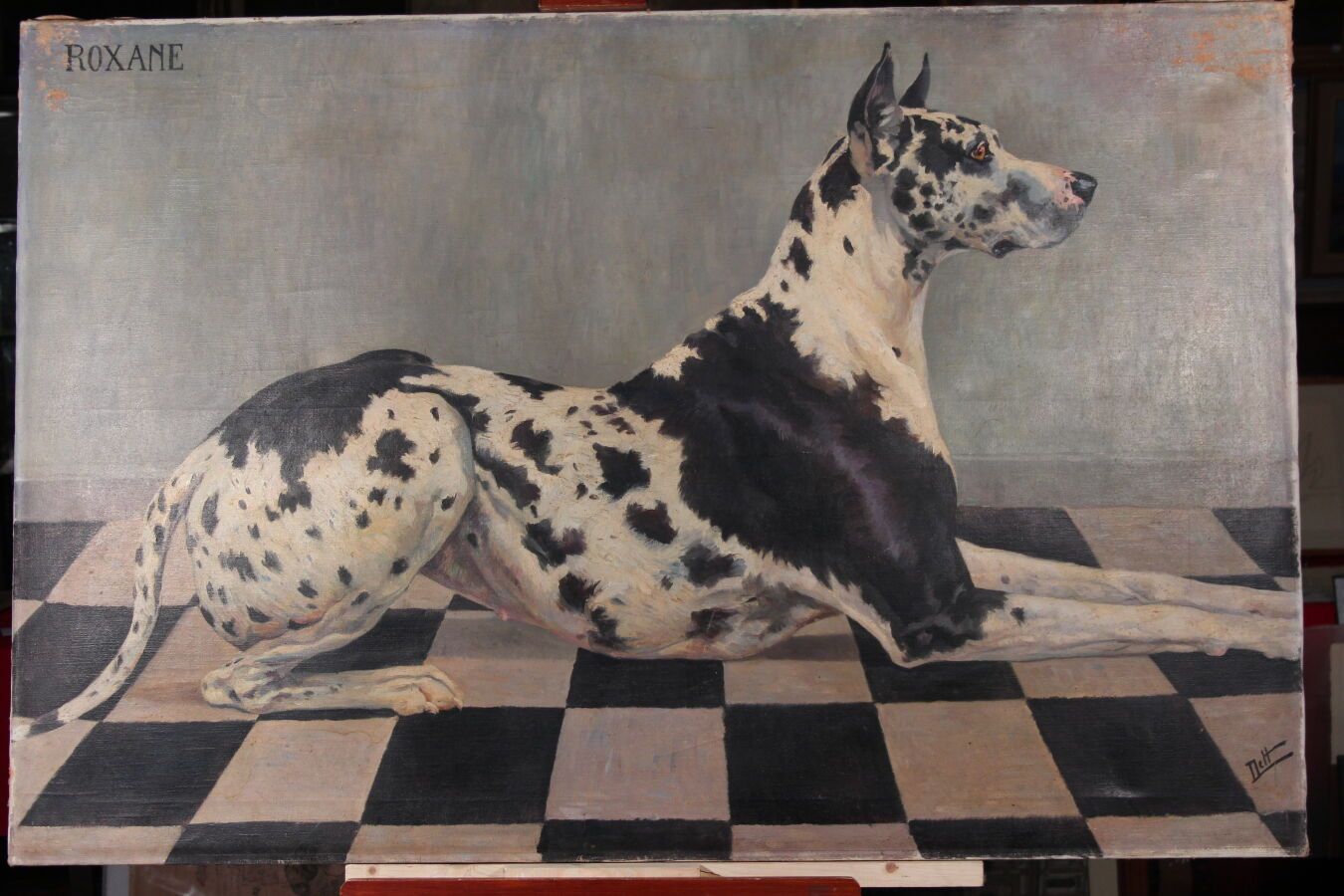Description
Odette DURAND (1885-1972) known as DETT "Roxanne" Portrait of a great dane 97 x 146,5 cm 3 oil paintings on cardboard "Studies of dogs" are attached Between 41 x 33 cm and 14 x 22,5 cm
45
Online
Odette DURAND (1885-1972) known as DETT "Roxanne" Portrait of a great dane 97 x 146,5 cm 3 oil paintings on cardboard "Studies of dogs" are attached Between 41 x 33 cm and 14 x 22,5 cm
You may also like
